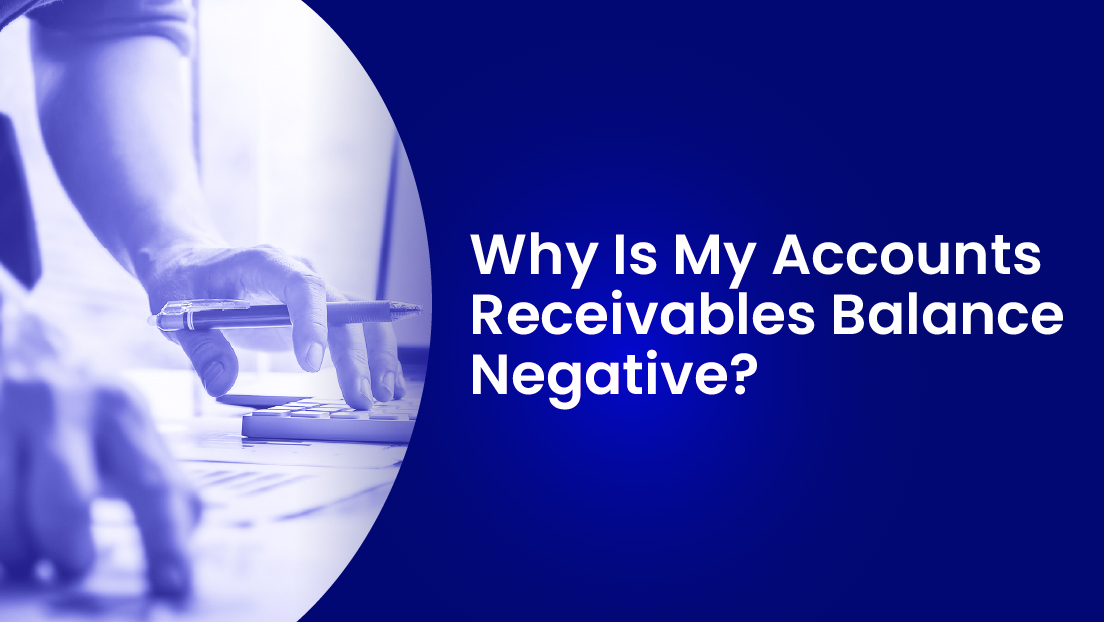Invoice matching is the process of verifying that the invoice received from a supplier is accurate and corresponds to the purchase order placed by the buyer. Manually completing this can quickly become tedious, so companies increasingly rely on automation.
What Is Invoice Collection?
Invoice collection is the process of gathering invoices from suppliers. The accounts payable team can do this manually or through an automated accounts payable system. Accounts receivable invoice matching is also important. Automating this process can save time and resources by sending reminders, tracking payments, and following up with late payments.
How Does Invoice Matching Work?
After generating a purchase order, the AP team sends it to the supplier with any other required documentation. The supplier then creates an invoice and sends it to the buyer. The buyer’s accounts payable department matches the invoice to the purchase order and other documentation to ensure that everything billed is correct and was delivered. Some businesses use an automated system to match invoices.
Why Is Matching Invoices Important?
It ensures that companies only pay for goods and services they receive. Doing this can save a company a lot of money by preventing overpayment. The matching process also helps to improve relationships with suppliers by ensuring timely payment.
What Are the Benefits of Matching Invoices?
Matching invoices to purchase orders and supplied goods or services is an indispensable step in invoice management. Consider these benefits:
- Reduced accounting and administrative costs: It saves your company time and money by catching potential errors early.
- Improved relationships with suppliers: It improves your relationships with suppliers by ensuring timely and accurate payment.
- Fewer discrepancies: It reduces the number of discrepancies between billed and received goods and services.
- Better visibility into spending: It gives you better visibility into your company’s spending, helping you to identify and correct errors.
What Are the Challenges of Matching Invoices?
Despite the many benefits, matching invoices can present a challenge for some companies. Here are a few of the most common ones to note:
- Data entry errors: Manual data entry is error-prone and can lead to discrepancies between invoices and purchase orders.
- Lack of system integration: Matching systems are often not integrated with other accounting or ERP systems, making it difficult to get a complete picture of your company’s spending.
- Multiple locations: Companies with multiple locations can have difficulty keeping track of invoices and purchase orders.
What Are the Best Practices for Matching Invoices?
Matching invoices is a critical part of the accounts payable process. Use these best practices to ensure you get the benefits you seek:
- Automate data entry: Automating data entry can help reduce errors and improve efficiency.
- Integrate with other systems: Your invoice matching system should integrate with other accounting and ERP systems to get a complete picture of your company’s spending.
- Centralize data: Companies with multiple locations should centralize their invoice data to make it easier to track. Integration helps make this possible.
- Use supplier portals: Supplier portals streamline the invoice process by providing electronic invoices and purchase orders.
How Can Accounts Receivable Invoice Automation Help?
Matching invoices to purchase orders is usually part of the accounts payable process. Even so, to meet your financial obligations, you first need to secure cash. Automated A/R systems improve cash flow and reduce DSO. See it in action by booking a demo today.






















